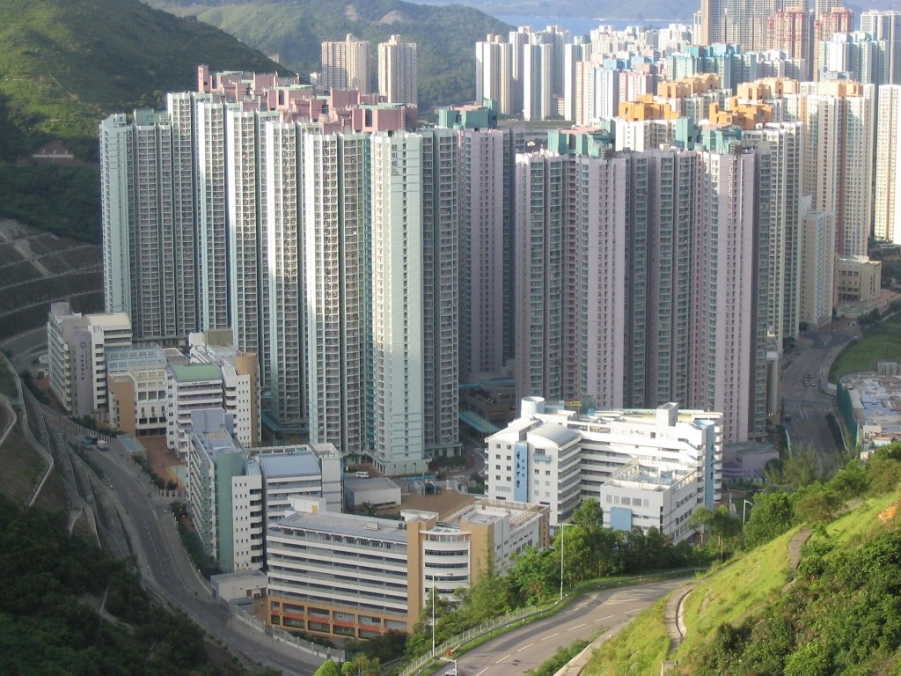
Over 3,000 nano flats to be completed until 2020 as residents squeeze into smaller homes
The nano flat supply is 35% higher than 2015-2017, indicating strong market takeup.
Around 3,300 new nano flats or units with saleable floor area of 200 sqft or less, will be completed between 2018 to 2020, according to real estate consultant JLL, as residents remain undeterred in snapping up more affordable housing alternatives despite growing concerns about their liveability.
JLL estimates that the new nano flat supply represents more than 4% of total housing supply over the next three years. This comes from a mere 206 such units completed in 2016, as developers are cashing in on the nano flat trend with a strong pipeline that includes ‘Upper East’ in Hunghom and ‘T Plus’ in Tuen Mun which could provide a combined 730 units.
Hong Kong’s home-starved market has been more than receptive to the wave of nano flats with nearly all of the 68 flats at serviced apartment project The Unit leasing within a few months.
Also read: Home ownership plunges below 50% in 2017 as prices skyrocket
In fact, demand for such residential units ballooned by 52% YoY in the first eight months of 2018, according to Bloomberg data, pushing the share of such dwellings in total apartment sales from 9.3% in 2017 to 12.4%.
The usual target market of nano flats are first-time buyers, coincidentally the same audience as the government’s Starter Homes Scheme, who can only afford property costs within $6m range. But such budget in the world’s most expensive housing market can only get them so far as a small flat at decaying housing estates, making the option of nano flats with more affordable lump sum price tags more attractive, JLL said in a previous report.
“The relatively more attractive lump sums involved in the purchase of nano flats has led to buyers piling into the market. With the growth in salaries lagging home prices, developers are now adjusting the sizes of flats built to maintain smaller lump sums that can be absorbed by buyers,” Henry Mok, regional director of capital markets at JLL said in a statement.
Also read: Soaring home prices push millennials to illegally settle in industrial buildings
An upcoming development at Area 1a/1b in Discovery Bay is expected to test the limits of just how small nano flats can go, according to JLL, with the smallest units featuring a saleable area of less than 90 sqft.
“The popularity of nano flats has seen supply skyrocket in recent years with construction spreading from the city’s urban areas to more decentralised regions. And with the introduction of the new vacancy tax announced at the end of June, we expect this trend to continue as developers build more affordable housing units; which can be more readily digested by the market,” added Cathie Chung, national director of research at JLL.
An average Hong Konger earning $50,000 in annual income would need around $900,000 to purchase a home as the city ranks as the priciest housing market for the eighth year in a row, according to annual Demographia International Housing Affordability Survey, which puts the median house prices divided by annual median household income at 18.1.
Photo from Baycrest - Own work, CC BY-SA 2.5






















 Advertise
Advertise







